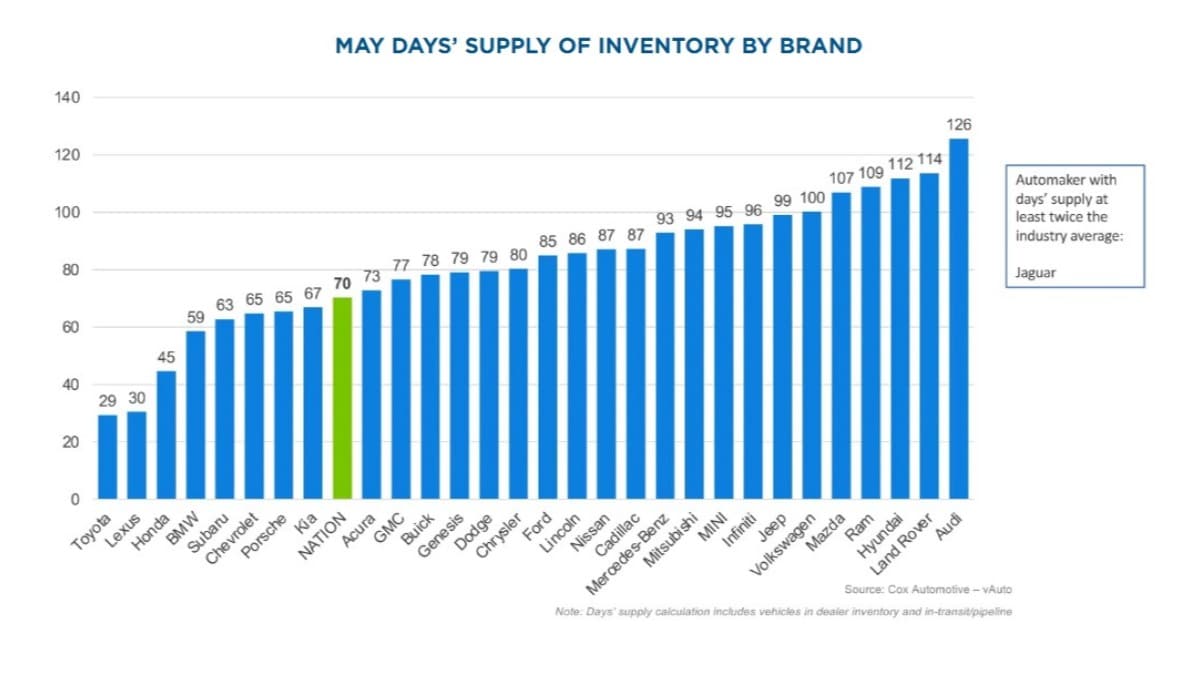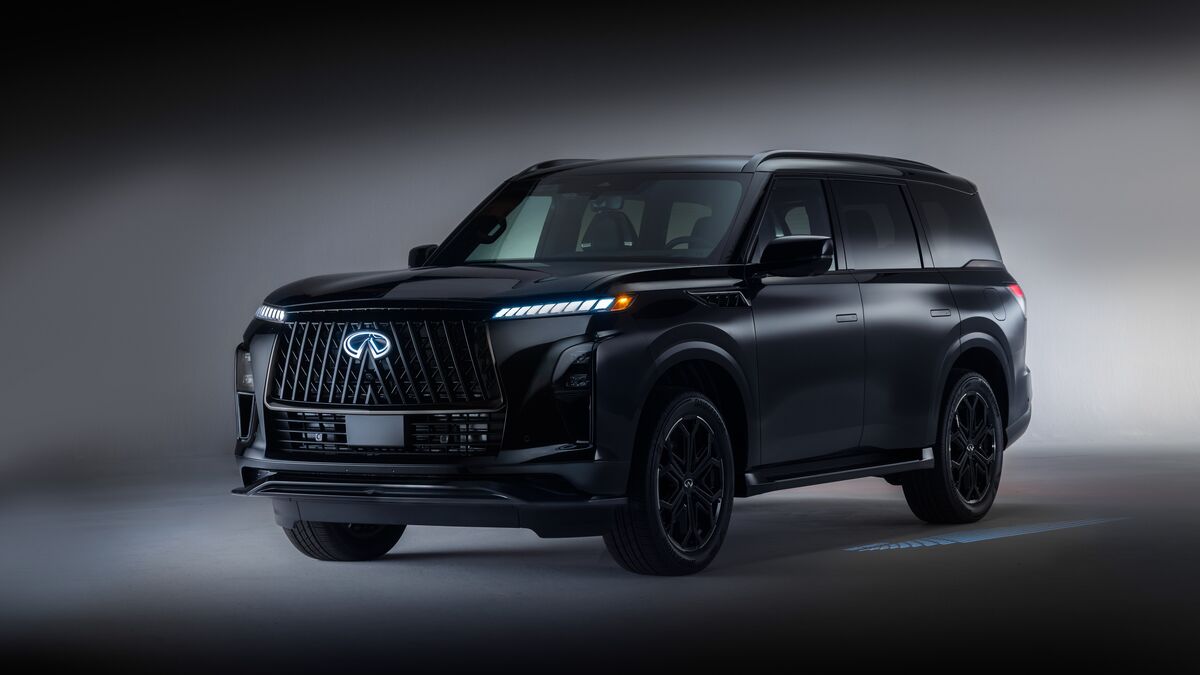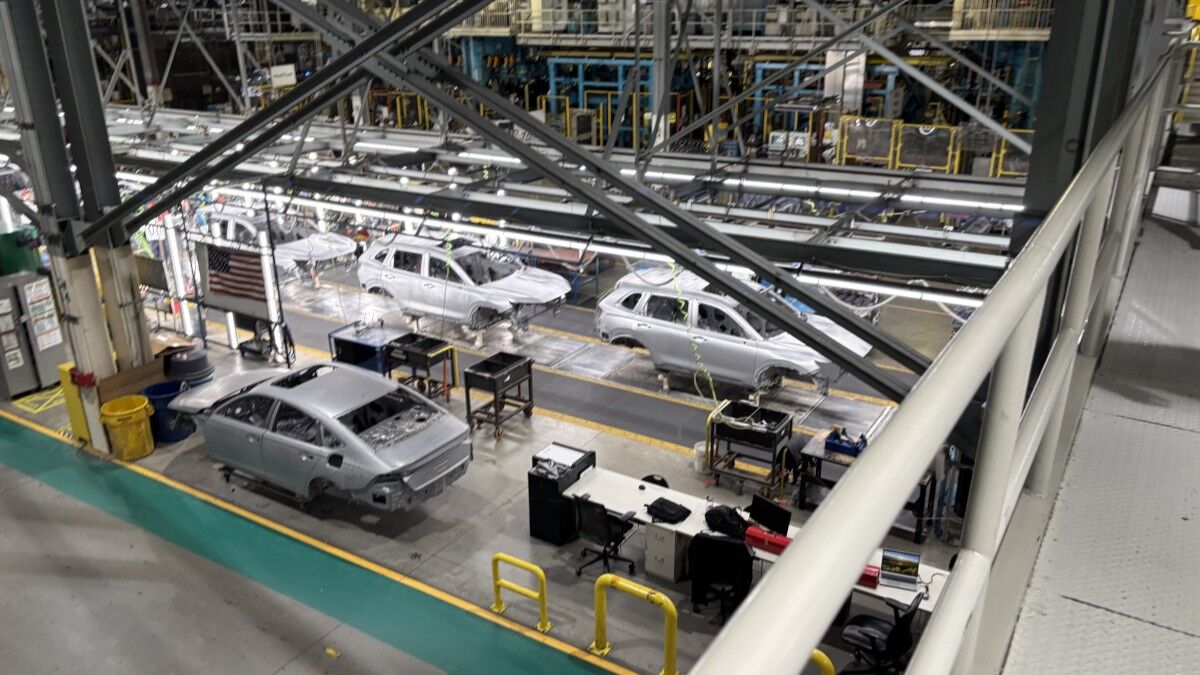- Despite tariff turmoil, the new car market is starting to resemble something like normal
- Dealers ended May with more inventory than they had when it started
The headlines have been pure chaos for the automotive industry since late March. But the actual state of the new car market looks oddly normal if you’re car shopping.
Prices are up, but not as much as tariffs might lead you to expect. A sales rush after the White House announced punishing new tariffs has ended, allowing dealers to recover some inventory. The 2026 model year may kick off a little later than normal as automakers reconsider their pricing strategies.
But the market has, so far, been less disrupted than seemed likely a few months ago.
Inventory Low but Stabilizing
- Dealers ended May with more cars in stock than they started with
- Some brands are under-stocked, and some, believe it or not, are oversupplied
Car dealers measure their supply of new cars in a metric called days of inventory. It tracks how long it would take them to sell out of new cars at today’s sales rate if they couldn’t get more.
Car brands started May with an average of 67 days. They ended it with 70.
The traditional target is 75 — 60 days’ worth on the lot and 15 more in transit — so they’re slightly below where they’d like to be. However, during a month of constant threats to the supply chain, they slightly buffed up their supply.
Inventory remains 12.2% lower than a year ago. But each brand is in a unique situation. Some remain under-stocked — you might have trouble finding the exact car you want from Toyota or Lexus, especially if you want a hybrid.
But others have more cars in stock than they might consider ideal.

Things Could Change Fast
- Inventory could spike up quickly if tariffs are reduced
- It could decline fast if a new trade deal doesn’t restore the flow of rare earth minerals
Dealers may be in no hurry to restock, as lower inventories give them some negotiating leverage, and constant changes to tariff policy have some hoping to wait out the White House.
Several brands are holding thousands of cars at port warehouses because they don’t pay the tariff until they remove them from port. If the White House lowers tariffs as part of ongoing negotiations with several countries, we expect a flood of new cars delivered to dealerships quickly.
The industry is also waiting on more information about a purported deal on rare earth metals. China had interrupted supplies of the metals, which automakers use in every car. That move paused at least one factory and threatened wide-scale disruptions.








